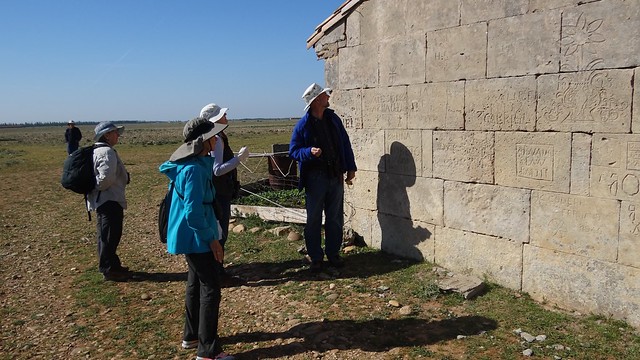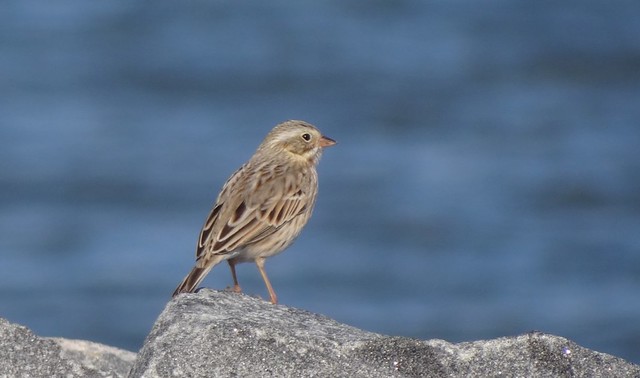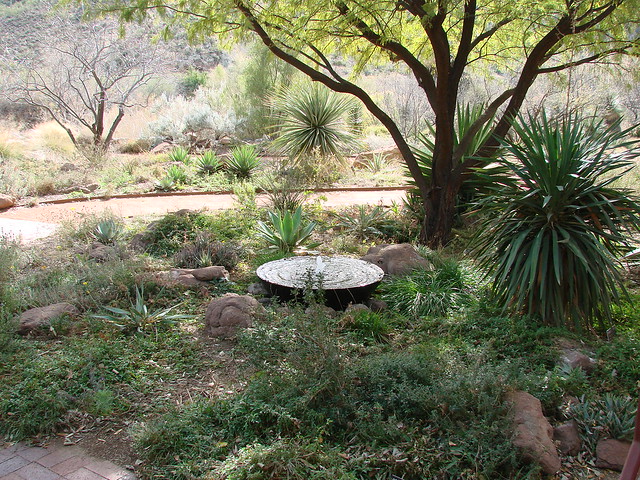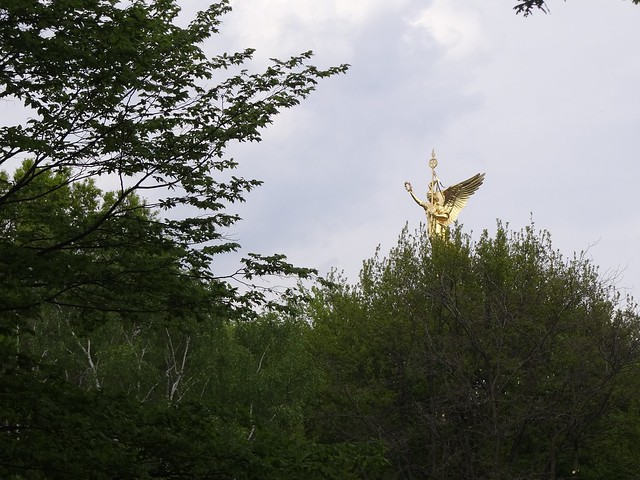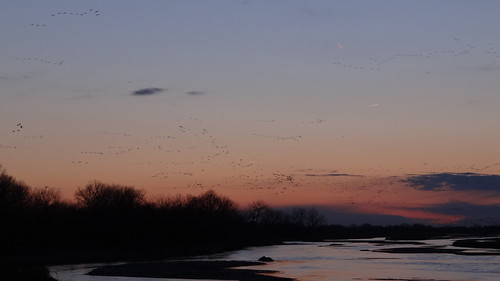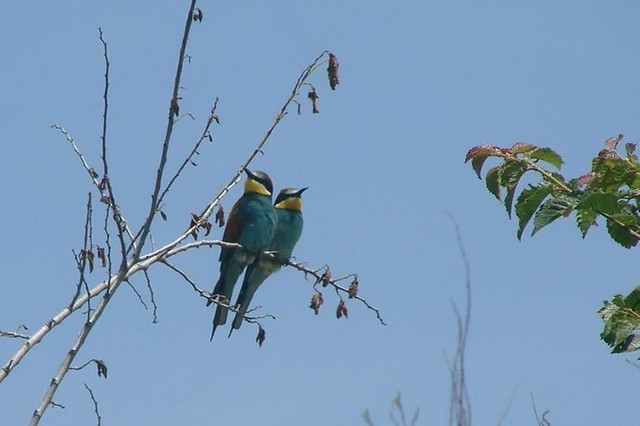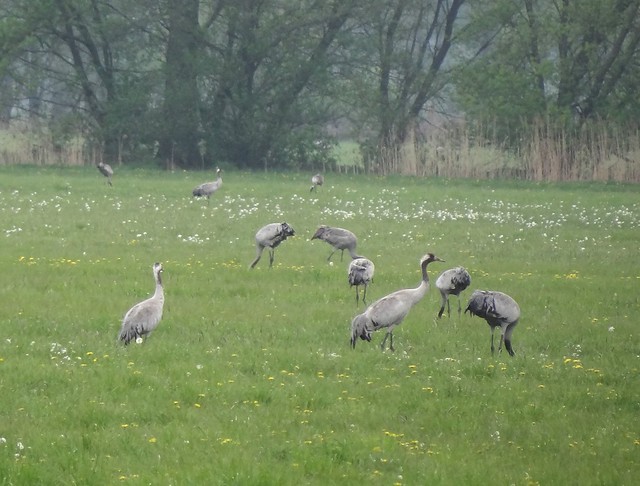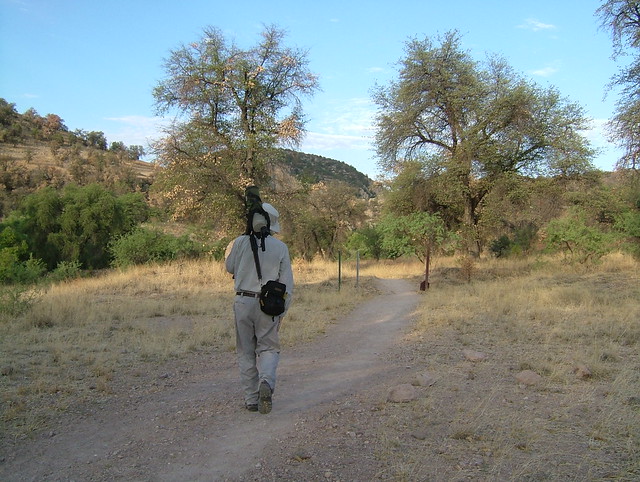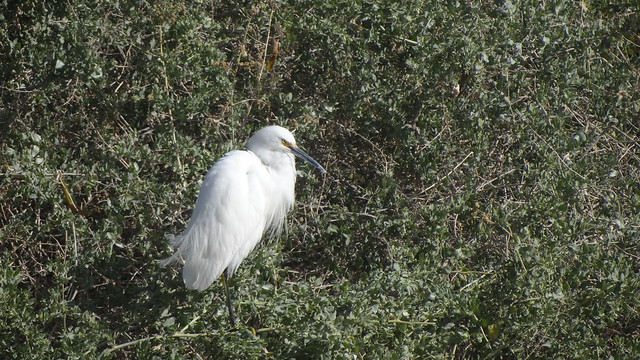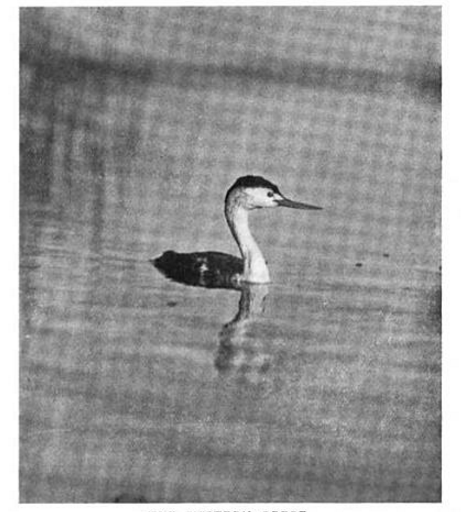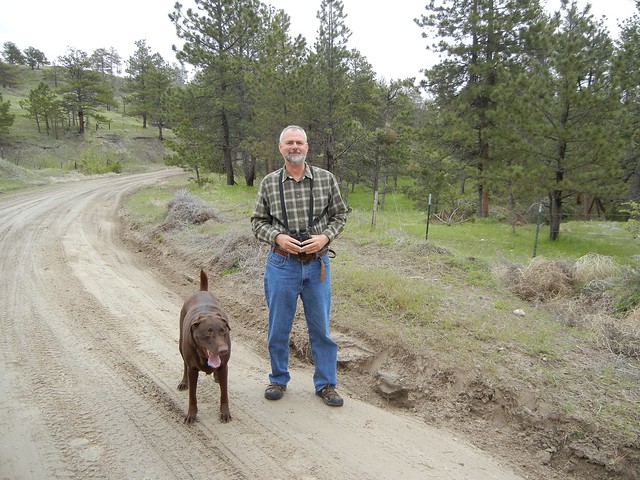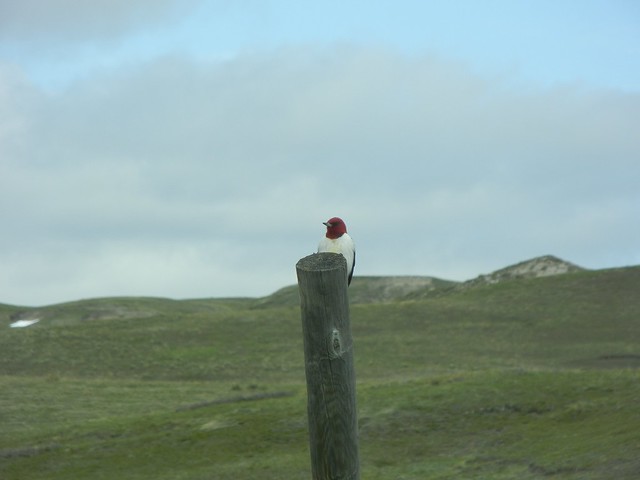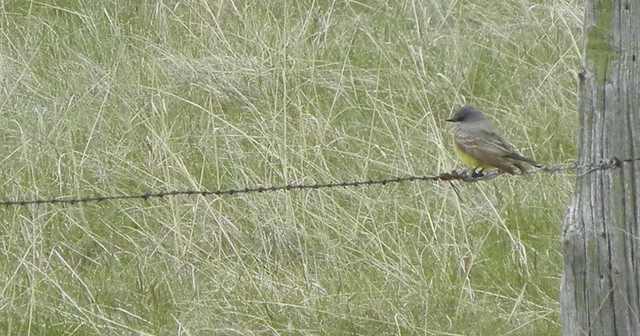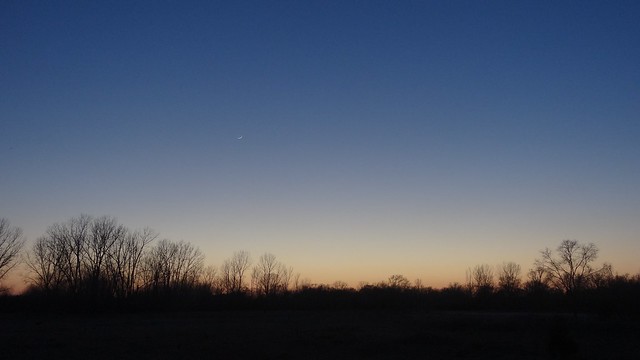Read more about my tour program at the website of Victor Emanuel Nature Tours.
August 5: “Sparrow Tails,” a lecture at the Southwest Wings Birding Festival.
August 6: “A Day with Rick Wright” at the Southwest Wings Birding Festival.
August 7: Bird walk and book signing at Boyce Thompson Arboretum State Park.
August 11-14: Museum workshops and field trips at the Southeast Arizona Birding Festival.
August 15-20: Lecture and field trips at the ABA Birding Rally, Sierra Vista.
September 21: “The Very Worst Bird Names Ever, and Why They’re Not So Bad,” a lecture for Bergen County Audubon Society.
September 30 – October 8: Birds and Art in Berlin and Brandenburg.
October 24 – November 1: Birds and Art in Venice and the Po Delta.
March 11-18, 2017: Nebraska: Sandhill Cranes and Prairie Grouse.
March 20, 2017: “Discovering Brown,” a lecture for Washington Crossing Audubon Society.
May 2-10, 2017: Birds and Art in Provence.

May 12-23, 2017: Birds and Art in Tuscany.
September 13-20, 2017: The Pine Ridge and Black Hills, a field trip with the Linnaean Society of New York.
September 29 – October 7, 2017: Birds and Art in Berlin and Brandenburg.
December 19-27, 2017: Christmas in Salzburg.
Read more about my tour program at the website of Victor Emanuel Nature Tours.

